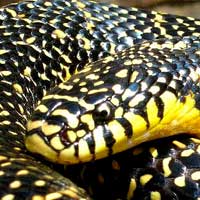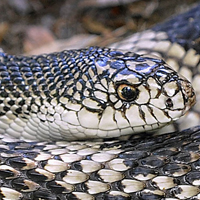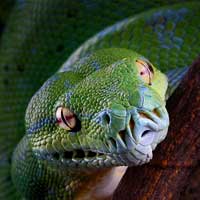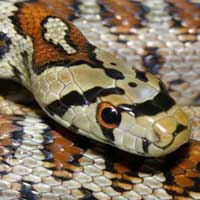The Ultimate Guide to Understanding and Caring for the Desert Sand Boa
The Desert Sand Boa is scientifically named Eryx miliaris. It belongs to the Boidae family, which includes non-venomous snakes that kill their prey through constriction.
Scientific Name: Eryx miliaris
Snake Family: Boidae
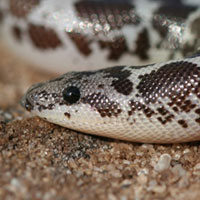
Desert Sand Boa: A Quick Overview
The Desert Sand Boa (Eryx miliaris) is a fascinating, small snake native to arid regions of Central and South Asia. Known for its burrowing behavior and unique appearance, this non-venomous species has become a popular pet among reptile enthusiasts. Its calm temperament and manageable size make it an excellent choice for both beginners and experienced keepers. In this guide, we’ll explore the habitat, diet, behavior, health, reproduction, and care of the Desert Sand Boa.
Where Does the Desert Sand Boa Live? Exploring Its Habitat
The Desert Sand Boa thrives in arid and semi-arid regions, including deserts, scrublands, and sandy plains. These snakes are highly adapted to burrowing and spend most of their time under the surface to stay cool and hidden from predators.
| Habitat Feature | Description |
|---|---|
| Geography | Central Asia, India, Iran, and surrounding regions |
| Terrain | Sandy, rocky, and loose soil areas |
| Climate | Hot days, cool nights, low humidity |
What Do Desert Sand Boas Eat? Understanding Their Diet
The Desert Sand Boa is a carnivorous snake that feeds primarily on small mammals and reptiles. In captivity, their diet is straightforward and easy to manage, making them an ideal choice for snake keepers.
- Juvenile Sand Boas: Feed on pinky mice every 5-7 days.
- Adult Sand Boas: Feed on appropriately sized rodents every 10-14 days.
- Always ensure prey is no larger than the widest part of the snake’s body.
- Avoid overfeeding to prevent obesity, a common health issue in captive snakes.
Behavior and Temperament of the Desert Sand Boa
Desert Sand Boas are generally docile and easy to handle. Their burrowing nature means they often remain hidden, making them a less active display pet but an intriguing one to observe.
- Burrowing Behavior: Prefers staying under sand or substrate.
- Docile Nature: Rarely bites and tolerates handling well.
- Activity Level: Most active during dusk and dawn (crepuscular).
Health and Lifespan of the Desert Sand Boa
With proper care, Desert Sand Boas can live up to 15-20 years in captivity. Regular observation and a clean habitat are crucial to keeping them healthy.
| Health Issue | Symptoms | Prevention |
|---|---|---|
| Respiratory Infection | Open-mouth breathing, wheezing | Maintain proper temperature and humidity |
| Impaction | Lack of appetite, swollen belly | Use appropriate, digestible substrate |
| Mites | Itching, visible mites | Clean enclosure regularly |
Reproduction of the Desert Sand Boa
Desert Sand Boas are ovoviviparous, meaning they give birth to live young. Breeding these snakes in captivity can be rewarding, but it requires careful planning.
- Mating Season: Late winter to early spring.
- Gestation Period: 4-6 months.
- Litter Size: Typically 6-12 live young.
- Provide a temperature gradient and hiding spots to encourage breeding behavior.
Handling and Care for the Desert Sand Boa
Handling and caring for a Desert Sand Boa is relatively straightforward. Their calm demeanor and small size make them ideal for beginners and seasoned keepers alike.
- Handle gently and support their entire body to avoid stress.
- Provide an enclosure with a secure lid to prevent escapes.
- Maintain a temperature gradient of 85-95°F on the warm side and 70-80°F on the cool side.
- Use a substrate like aspen bedding or sand to mimic their natural habitat.
- Clean the enclosure regularly and provide fresh water daily.



